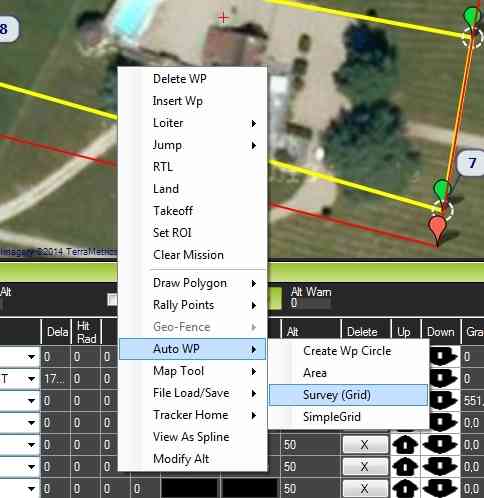

So, wherever in the world you are, the chances are that the survey scams you or your family receive will claim to represent brand names that you’re familiar with. Here’s one we received over the weekend – this came to an old Australian email address of ours, so the crooks had ripped off a well-known Australian brand to lure us in.īut we’ve recently also received a wave of similar messages in German, ripping off major German shopping brands, as well as “offers” based on popular American brands arriving at various dot-com email addresses we use. Typically, cybercriminals suck you in with a seemly and believable promise, but suddenly switch things up by suggesting that you’re one of the lucky few who is going to get a gift that’s much, much more valuable than just a discount code for 5% off your next purchase. Tha scammers, however, have much bolder goals. Many brands ask questions of that sort, and sometimes offer small rewards for people who take the trouble to fill in the survey – $5 off your next purchase, for example, or a free product of modest value with your next order. Sometimes, a picture is worth 1000 words (or 1024 words, if you are accustomed to binary numbers like many computer programmers), so we hope this visual tour will be useful so you can show your friends and family what to watch out for.Īfter all, there doesn’t seem to be much harm in answering a few pseudo-anonymous questions such as “would you visit our shops in person if they were open later?”, or “how often do you browse our website for new products?” So we thought we’d take you through a recent scam from go to woe, with screenshots to document the path that the crooks lured us along. We’ve been receiving loads of survey scam emails lately – and you probably get heaps of these, too.


 0 kommentar(er)
0 kommentar(er)
